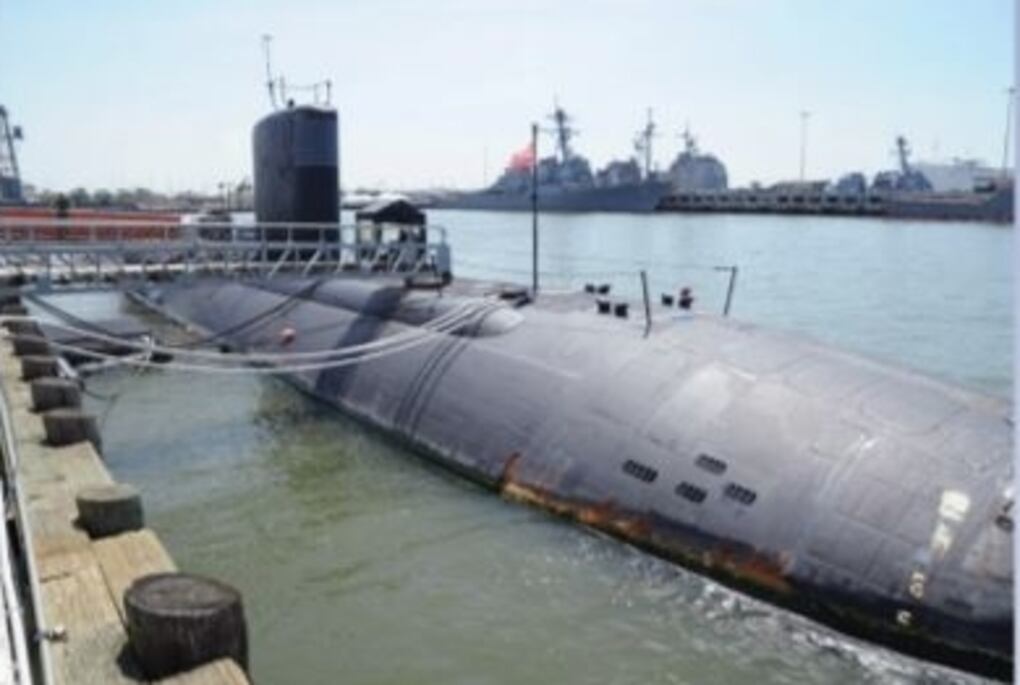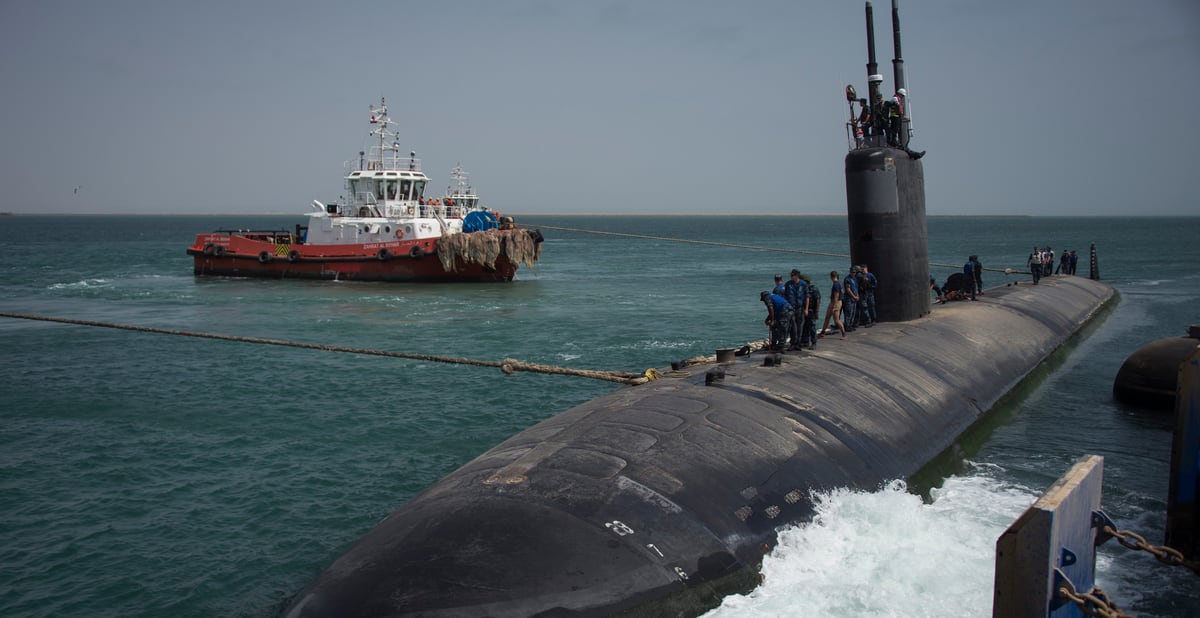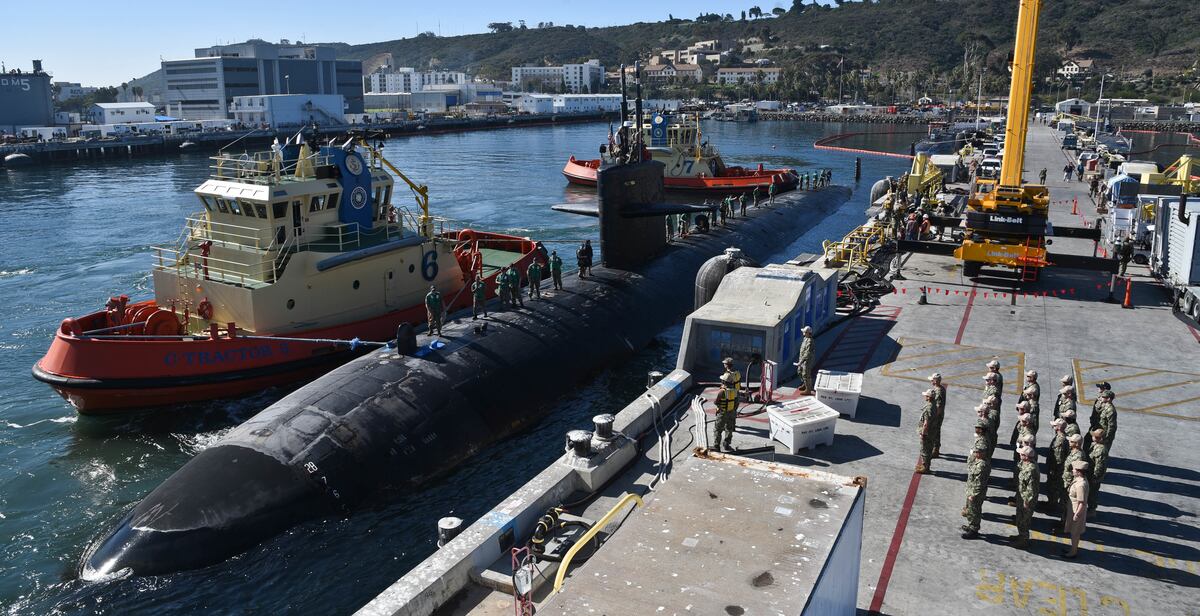The backlog of submarine work at our nation’s shipyards recently has been in the news.
Shipyards need to improve their efficiency when it comes to executing submarine availabilities but the Navy needs to improve efficiency, too.
One way to do that is by better using a little understood contingent of the naval officer corps: warrant and chief warrant officers.
Warrant officers go back to the founding of the U.S. Navy. The Navy’s first warrant officer was appointed on Dec. 23, 1775.
They weren’t commissioned officers. They served under warrants issued by the Secretary of the Navy. .
RELATED

The March 3, 1899 Act of Congress created the rank of Chief Warrant Officer.
CWOs received commissions from the president after 10 years of service from their dates of warrant (in 1904, the time in rank for promotion to chief warrant was reduced to six years from date of warrant).
The Defense Reorganization Act of 1949 created four warrant officer grades: the non-commissioned W1 and the commissioned ranks of CWO2, CWO3 and CWO4.
CWO5 were authorized by the Navy in 2002 and the first CWO5 was appointed three years later.
The Navy discontinued the rank of W1 in 1975 but it’s slated to return in 2019 after several individuals were selected to serve under warrant in the cyber community.
CWOs are technical specialists who possess knowledge and skills in an occupational field at a level beyond what’s expected of senior enlisted personnel. CWOs differ from Limited Duty Officers in that CWO assignments tend to be repetitive.
The Navy could detail submarine-qualified CWOs to serve as division officers in subs undergoing shipyard availabilities in repeat assignments. The experience gained by CWOs in successive assignments would help spur efficiency in executing shipyard availabilities.
These CWOs would transfer from a submarine completing an availability to one commencing an availability.
Recent problems in the surface warfare officer community have highlighted the need to address ship driving and warfighting skills.
Better utilization of CWOs in subs would free submarine unrestricted line officers from spending years in the shipyard. Instead, they could serve on assignments that better developed their skills as boat drivers and warfighters.
The same would hold true in assigning CWOs to fill division officer roles during the early stages of new submarine construction.

Some of the most challenging work and testing during both submarine availabilities and new construction involve the submarine’s nuclear propulsion plant.
In 2002, the Congressional Budget Office identified the Navy’s nuclear propulsion program as an obvious specialty for using CWOs based on their high aptitude for advanced learning and the lengthy training required to prepare them for this work.
Unfortunately, Naval Reactors (NAVSEA 08) disestablished the nuclear CWO designator in 2013.
Naval Reactors should reconsider this decision. Reinstating the nuclear CWO designator would help reduce the backlog of submarine work in shipyards and new construction and minimize the lost operational experience for unrestricted line officers.
The Navy also should consider using W1s for nuclear CWOs.
E-6 nuclear-trained personnel who qualify as Engineering Officer of the Watch and Engineering Duty Officer on a moored training ship could be advanced to non-commissioned W1s, with promotion to commissioned status (CWO2) upon reaching 12 years of service.
This promotion to the upper ranks should require a component that reflects the advancement of their technical knowledge.
Historically, a college degree has not been a requirement in the CWO community. However, in this era of advancing technology and the availability of distance learning education, it’s time to consider it.
For engineering CWOs, obtaining an associate degree in engineering or engineering technology for promotion to CWO3, a bachelor degree in engineering or engineering technology for CWO4, and a graduate degree in engineering, engineering technology or engineering management for CWO5, are not unrealistic expectations in the 21st century.
The backlog of submarine work at our shipyards needs to be addressed in a timely manner to aid submarine operations. Using CWOs is an option for improving execution of submarine availabilities. The question then becomes whether the Navy sees this as an opportunity and can act quickly enough to address this issue
Chief Warrant Officer 3 Brian Fogarty retired from the Navy in 1998 qualified both in submarines and as a surface warfare officer. He has a bachelor of science degree in nuclear energy engineering technology and a master of science degree in marine engineering from the U.S. Merchant Marine Academy. He has held a senior reactor operator license from the Nuclear Regulatory Commission and was a control room supervisor at a commercial nuclear power plant. His views do not necessarily reflect those of the Department of Defense, the Navy, Navy Times or its staffers.




